Years active 1969–present | ||
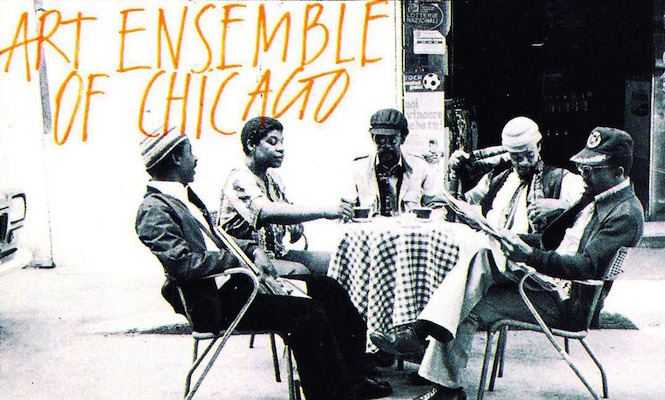 | ||
Origin Chicago, Illinois, U.S. Website www.artensembleofchicago.com Past members Lester BowiePhillip WilsonMalachi Favors Members Roscoe Mitchell, Lester Bowie, Joseph Jarman, Don Moye, Malachi Favors, Fontella Bass, Phillip Wilson, Ari Brown Albums | ||
The Art Ensemble of Chicago is an avant-garde jazz group that grew out of the Association for the Advancement of Creative Musicians (AACM) in the late 1960s. The ensemble integrates many jazz styles and plays many instruments, including "little instruments": bells, bicycle horns, birthday party noisemakers, wind chimes, and various forms of percussion. The musicians wear costumes and face paint while performing. These characteristics combine to make the ensemble's performances both aural and visual. While playing in Europe in 1969, five hundred instruments were used.
Contents
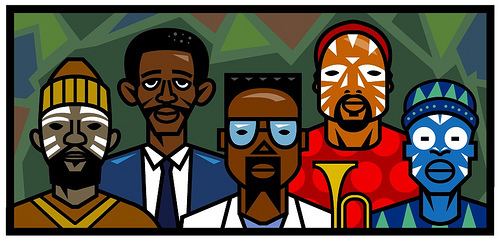
Art ensemble of chicago ericka song for charles
History

Members of what was to become the Art Ensemble performed together under various band names in the mid-sixties, releasing their first album, Sound, as the Roscoe Mitchell Sextet in 1966. The Sextet included saxophonist Roscoe Mitchell, trumpeter Lester Bowie, and bassist Malachi Favors. For the next year, they played as the Roscoe Mitchell Art Ensemble. In 1967, they were joined by fellow AACM members Joseph Jarman (saxophone) and Phillip Wilson (drums) and recorded for Nessa Records.

All of the musicians were multi-instrumentalists. Jarman and Mitchell's primary instruments were alto and tenor saxophone, respectively, but they played other saxophones (from the small sopranino to the large bass saxophone), and the flute and clarinet. In addition to trumpet, Bowie played flugelhorn, cornet, shofar, and conch shells. Favors added touches of banjo and bass guitar. Most of them dabbled in piano, synthesizer, and other keyboards.
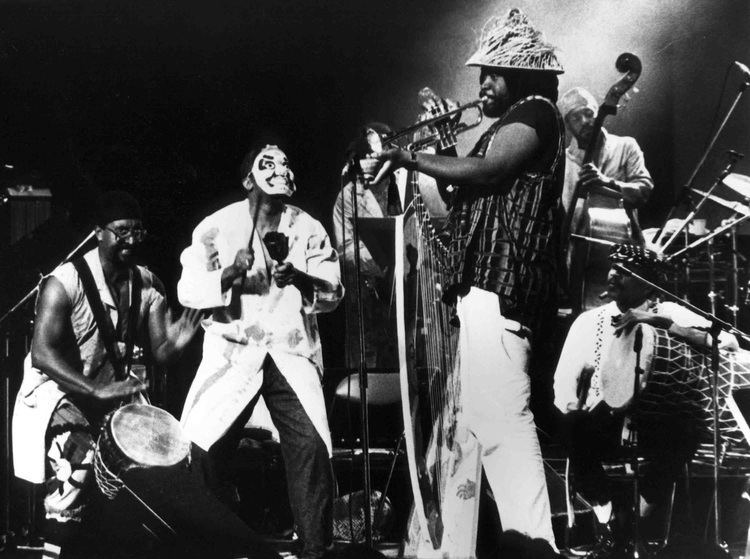
In 1969, Wilson left the group to join Paul Butterfield's band. The remaining group travelled to Paris, where they became known as the Art Ensemble of Chicago. The impetus for the name change came from a French promoter who added "of Chicago" to their name for descriptive purposes, but the new name stuck because band members felt that it better reflected the cooperative nature of the group. In Paris, the ensemble was based at the Théâtre des Vieux Colombier and they recorded for the Freedom and BYG labels. They also recorded Comme à la radio with Brigitte Fontaine and Areski Belkacem but without a drummer until percussionist Don Moye became a member of the group in 1970. During that year, they recorded the albums Art Ensemble of Chicago with Fontella Bass and Les Stances a Sophie with singer Fontella Bass, who was Lester Bowie's wife. The latter was the soundtrack from the French movie of the same title.
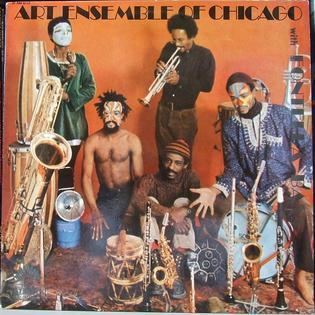
Two years later, the group returned to the U.S. They came to prominence with two albums on Atlantic Records: Bap-Tizum and Fanfare for the Warriors. Members of the group decided to restrict their appearances together to allow each player to pursue other musical interests. The Art Ensemble released more than twenty studio albums and several live albums between 1972 and 2004.
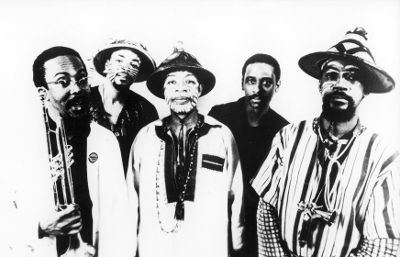
In 1993, Jarman retired to concentrate on Zen and Aikido. Bowie died of liver cancer in 1999, and the group continued as a trio until 2003, when Jarman returned. In January 2004, Favors died during the recording of Sirius Calling. The group was joined in late 2004 by trumpeter Corey Wilkes and bassist Jaribu Shahid, who recorded the live album Non-Cognitive Aspects of the City (2006) on Pi Recordings.
Ensemble members embrace the performance art aspects of their concerts, believing that they allow the band to move beyond the limits of jazz. Their operating motto is "Great Black Music: Ancient to the Future", which allows them to explore a variety of musical styles and influences; the band's appearance on stage also reflects this motto. As Jarman describes it,
"So what we were doing with that face painting was representing everyone throughout the universe, and that was expressed in the music as well. That's why the music was so interesting. It wasn't limited to Western instruments, African instruments, or Asian instruments, or South American instruments, or anybody's instruments."
Films
Songs
Theme de YoyoLes Stances a Sophie · 1970
Song for CharlesNon-Cognitive Aspects of the City · 2006
OhnedaruthPhase One · 1973
